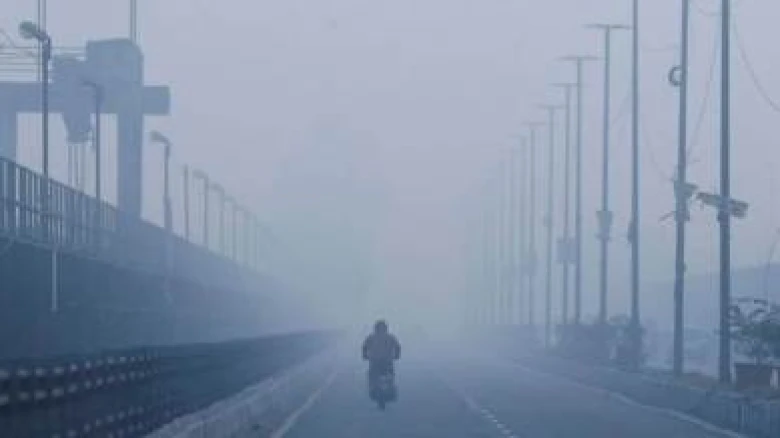The meteorological department in Delhi has since issued a yellow alert. A strong cold wave that will linger for three days will hit Delhi starting tomorrow.
Digital Desk: The current cold wave caused temperatures below zero in several places in North India. The minimum temperature was 1-3 degrees lower in East Rajasthan, North-West Madhya Pradesh, West Uttar Pradesh, Punjab, Haryana, Chandigarh, and Delhi. The lowest minimum temperature, -3.7°C, was measured in Fatehpur, Rajasthan.
In Noida and Ghaziabad, temperatures in Delhi-NCR have reached 5 degrees Celsius, while in Gurugram and Faridabad, they have reached 6 degrees Celsius. There is a high likelihood of dense fog.
The meteorological department in Delhi has since issued a yellow alert. A strong cold wave that will linger for three days will hit Delhi starting tomorrow.
A yellow signal has also been issued for the next six days by Delhi's meteorological department. Senior meteorologist Mahesh Palawat of Skymet Weather predicts that Tuesday's low temperature in Delhi may drop by one degree Celsius.
Due to the current Western Disturbance, the lowest temperature will gradually increase from January 19 to 20, by three to five degrees Celsius.
The India Meteorological Department predicts that the cold wave conditions over northwest India would likely start to abate on January 19. On January 18 and January 20, two other western disturbances are anticipated to impact northwest India.
According to the Indian Meteorological Department, two Western Disturbances are expected to hit Northwest India on January 18 and 20, bringing with them a cold wave. Cold wave to severe cold wave conditions are very possible in various regions of Rajasthan, Punjab & Haryana, Chandigarh, and Delhi through the 18th, and then in a few isolated sites in East Rajasthan on the 19th.
From January 17 to January 19, several parts of Uttar Pradesh and Bihar may experience a cold wave. On the morning of January 17, the minimum temperature may drop by an additional 2 degrees Celsius in many locations. From January 19 to 21, it will then increase by 4-6 degrees Celsius.

Leave A Comment